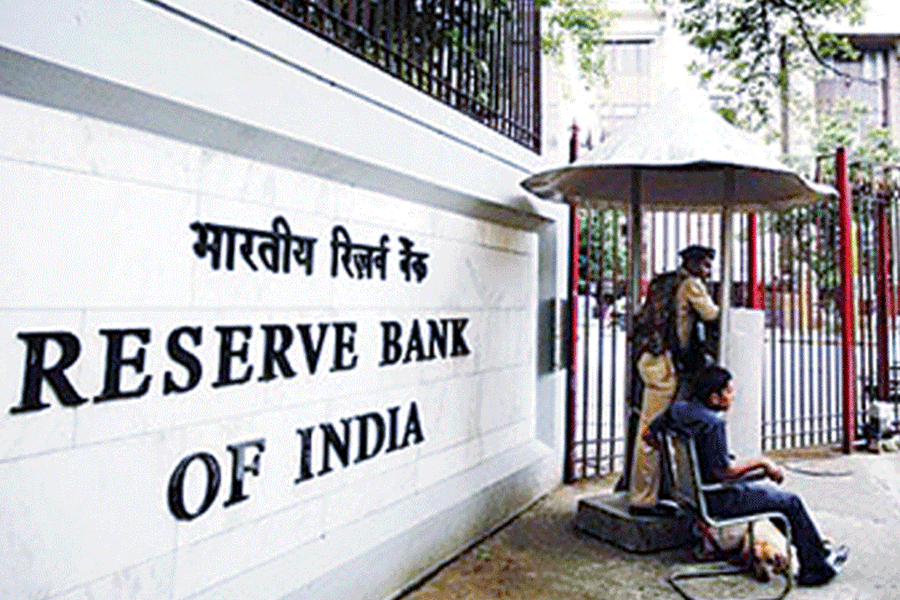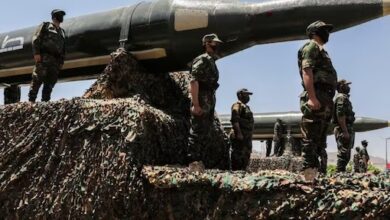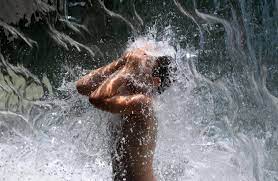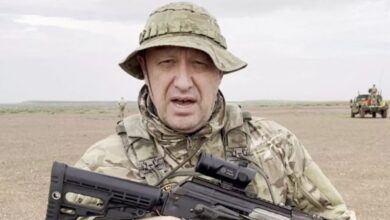Baltimore Bridge Collapse: Two of the Six Missing Workers’ Bodies Are Found in the Harbor by Divers
Two of the six workmen who had been thrown into Baltimore Harbor from a highway bridge that fell into shipping lanes after a cargo ship struck the structure were discovered to be missing by divers.
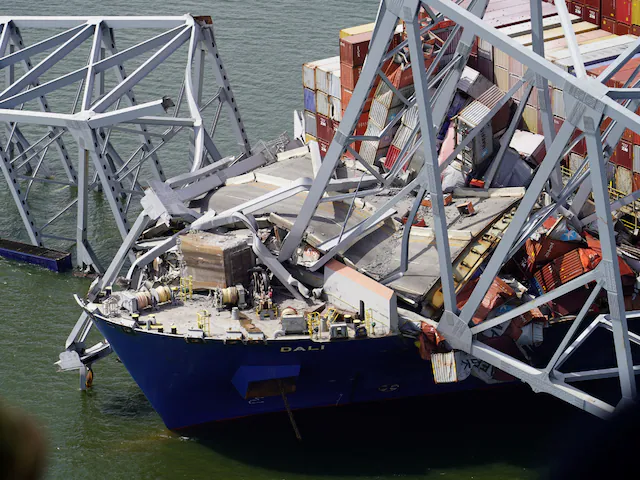
A day after the enormous container ship lost power and its ability to maneuver before slamming into a support pylon of the Francis Scott Key Bridge, the remains were removed from the mouth of the Patapsco River on Wednesday. Colonel Roland Butler of the Maryland State Police said that the two men’s remains were discovered in a red pickup vehicle submerged in around 7.62 meters of water, close to the middle of the collapsed bridge.
He said that because of the increasingly dangerous circumstances in the river littered with debris, officials had halted their attempts to find and recover additional dead from the depths. According to Butler, sonar pictures revealed more submerged cars that were impossible to approach because they were “encased” in fallen bridge rubble and superstructure. The remains of the two males, the remains of whom were found on Wednesday,. Four other employees who were part of a team repairing potholes in the road surface of the bridge were still unaccounted for and thought to be dead.
According to authorities, among the six workers were immigrants from El Salvador and Honduras. On Tuesday, rescuers extracted two workers alive from the water; one was taken to the hospital. The Port of Baltimore, one of the busiest on the U.S. Eastern Seaboard and the nation’s largest port for freight, including cars and agricultural equipment, was forced to close indefinitely due to the collapse of the bridge. According to port statistics, the Port of Baltimore handles more automotive freight than any other port in the United States, with over 750,000 automobiles handled in 2022. Additionally, the port handles bulk and container goods, ranging from coal to sugar.
In the early hours of Wednesday, a group of federal investigators boarded the abandoned freighter, which was still stranded in the harbor channel with a portion of the damaged bridge spread over its bow, in order to start questioning the 22 crew members who were still on board. During their first on-board visit to the ship late on Tuesday night, National Transportation Safety Board (NTSB) representatives found a crucial piece of evidence—the ship’s “black box” data recorder—that they believe will help them put together an exact timeline of the tragedy.
Following their notification that the cargo ship Dali was heading into Key Bridge and was drifting out of control, officials recorded radio conversations. These recordings provided new insight into the desperate attempts to preserve life in the last moments before the steel bridge fell on Wednesday. “Avoid using the Key Bridge for any traffic. Minutes before Tuesday’s 1:30 a.m. catastrophe, someone can be heard over a police radio stating, “There’s a ship approaching that just lost its steering.”
One individual abruptly said, “The entire bridge collapsed,” while others were debating what to do next. The video provided an insight into the haste with which authorities responded prior to the collision that resulted in the deaths of the six night shift bridge maintenance workers in the icy harbor waters. The container ship Dali, flying the flag of Singapore, was the size of three football fields. It had reported a power outage before the collision and lowered its anchor to slow down. This allowed officials to stop traffic on the bridge in a very short amount of time, maybe saving many lives.

